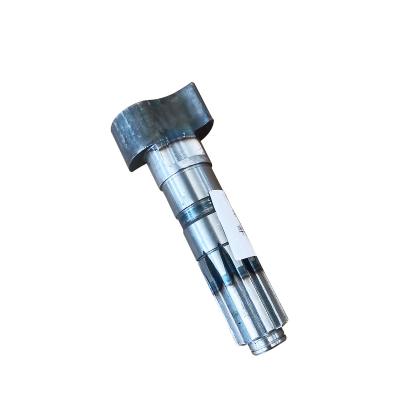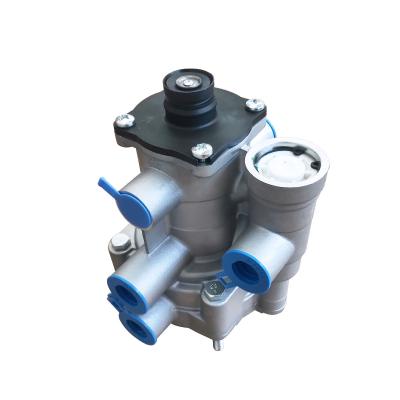Mobileye conducts autonomous driving tests based on NIO ES8
A few days ago, Mobileye, an autonomous vehicle subsidiary of Intel, announced that the NIO ES8 self-driving car equipped with Mobileye Drive has arrived in Detroit, Michigan, and began testing in the United States. run. In the past few years, Mobileye has carried out a large-scale self-driving car test project, and its self-driving cars have been driven into about 20 cities in ten countries on three continents.
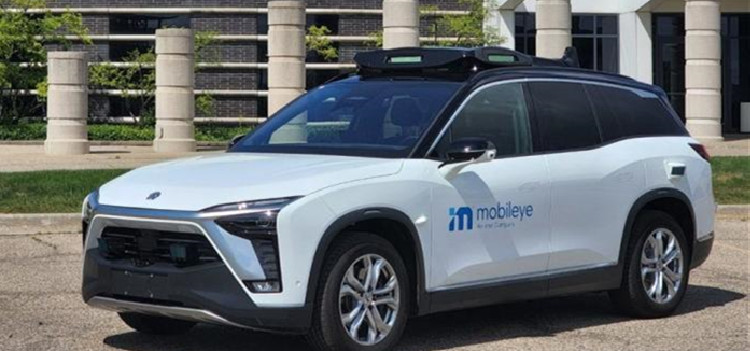
The Mobileye Drive installed on the NIO ES8 test model combines Mobileye's unique solutions for autonomous driving travel and the mass production experience of nearly 120 million vehicles providing driver assistance systems. The system also benefits from Mobileye's unique innovations, including True Redundancy, Road Information Management (REM) crowdsourced mapping technology, and Responsibility Sensitive Safety Model (RSS) driving policies.
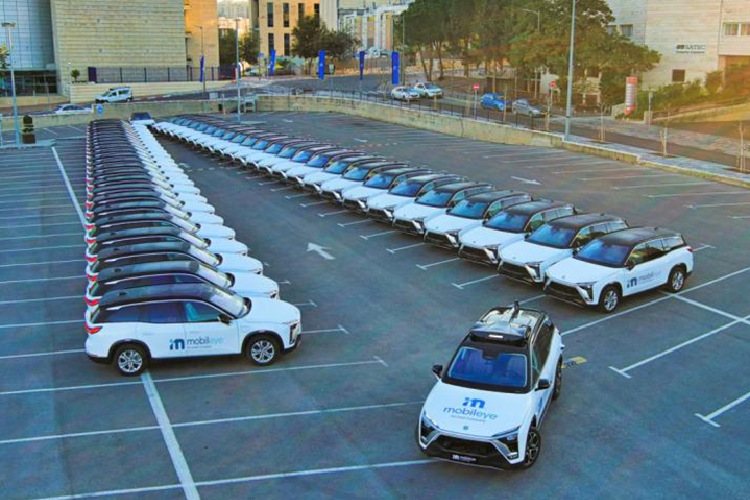
The previous test vehicles were either pure vision, or a combination of lidar and radar alone, while the commercial version of Mobileye Drive is equipped with both sets of sensing hardware: including 11 cameras, 6 radars, 3 long-distance lidars and A 360-degree advanced sensing technology suite of 6 short-range lidars, all driven by EyeQ chips.
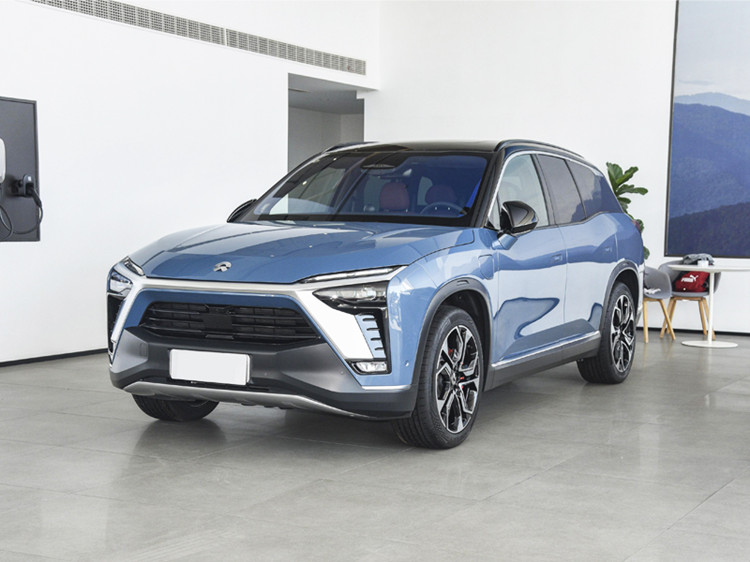
Under Mobileye's true redundancy strategy, the camera subsystem operates independently of the radar/lidar subsystem, which can sense road conditions and other traffic conditions more stably and efficiently. Crucial redundancy. The Mobileye Roadbook, powered by REM, helps us collect data on prevailing traffic behavior in various locations, and the Responsibility Sensitive Safety Model (RSS) enables the Mobileye Drive system to adapt to driving behavior in various locations.
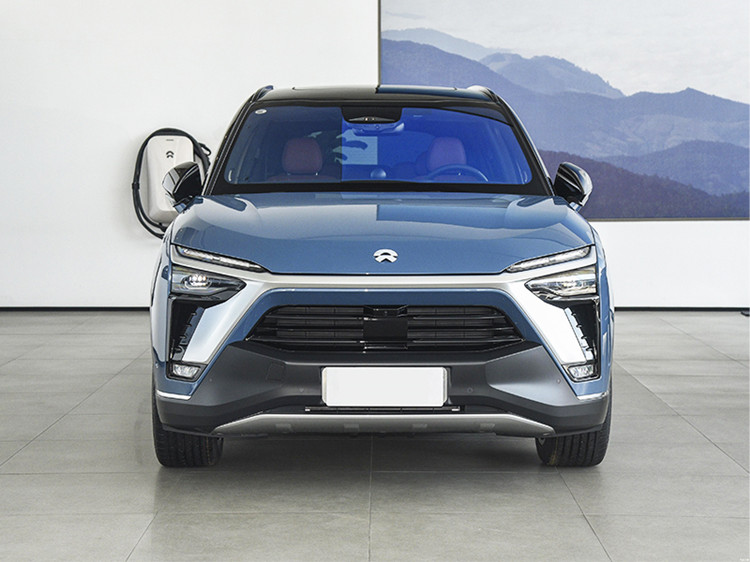
In the process of developing turnkey autonomous driving solutions for commercial and future consumer autonomous vehicles, the NIO ES8 equipped with Mobileye Drive acts as a test platform. Mobileye will also launch a robotaxi service with partners in Germany and Israel in the coming months, and a fleet of these vehicles will form the basis of the service.

